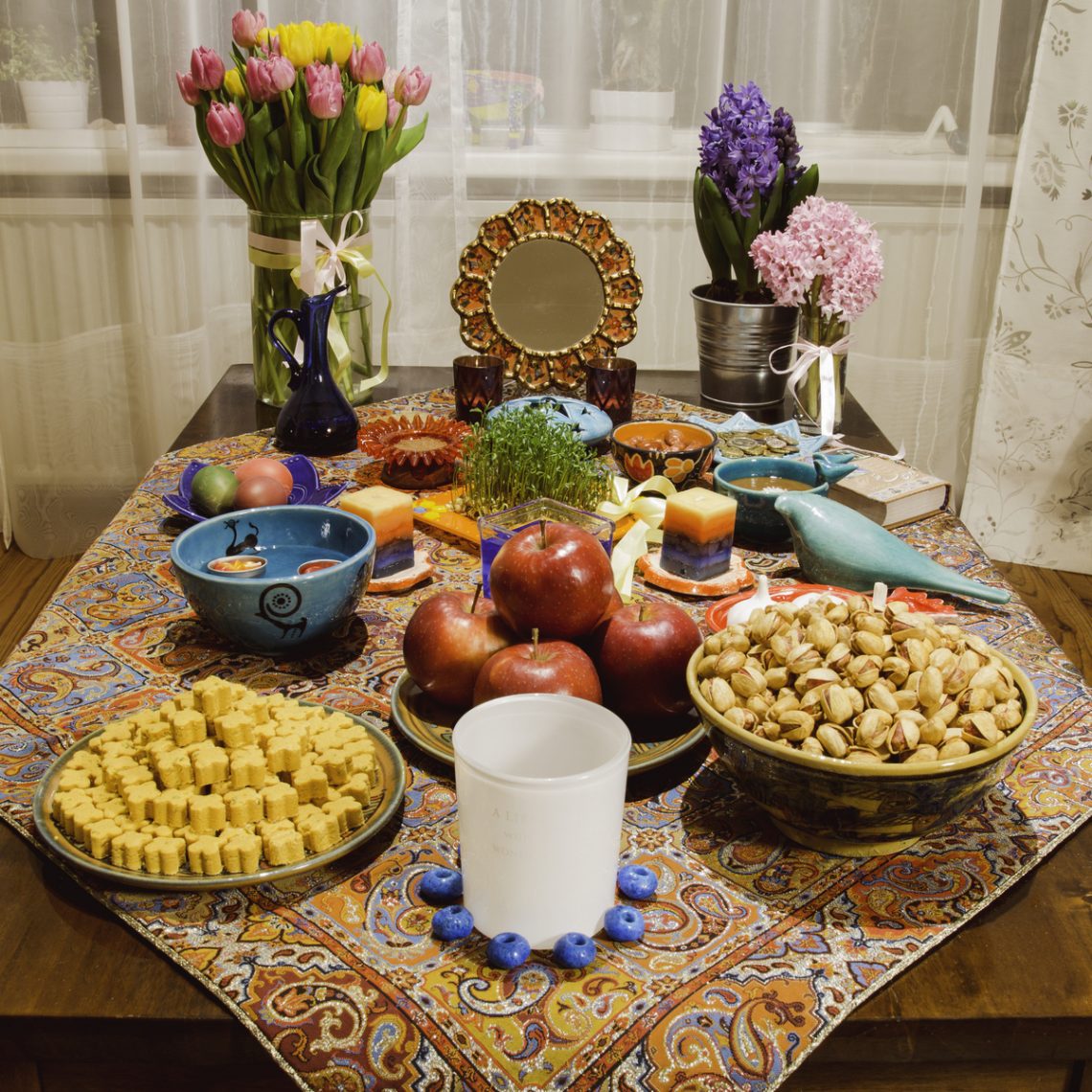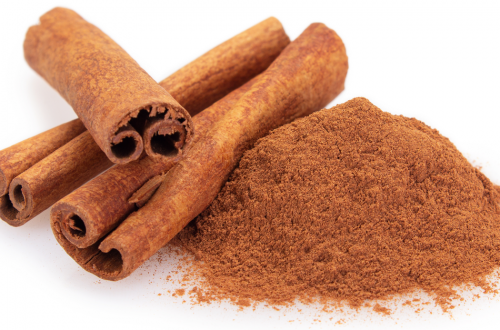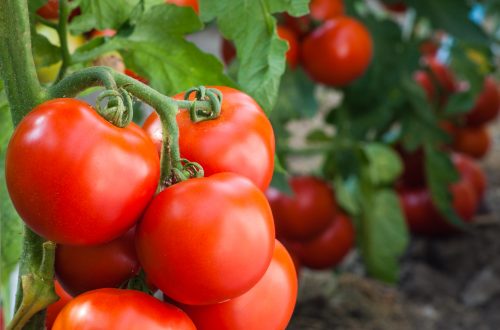
The Rites of Spring, Mesopotamian Style
Spring in our part of New England is sort of springing. Two steps forward, one step back; from cool to warm and back again. Flowers are sprouting up, the promise of warmth is growing, the days are longer, and we’re slowly working our way out of winter. But even as we welcome the new season, I don’t think we do spring like some cultures.
We might learn a thing or two from the Persians, who believe that creation began on the first day of spring. Ancient Mesopotamians began a celebration called Nowruz in Persia that lasts for 13 days; involves food, family, and fun; and culminates in a big feast with its own traditions. Picture a combination of Passover, Halloween, Easter, and Christmas.
Summoning spirits
The celebration begins on the eve of the last Wednesday of the old year – Red Wednesday – when people build bonfires, then leap over the fires shouting the equivalent of “give me your red color and take away my sickly pallor.” The aim is to shed the ills of the past year – something that we all could certainly agree with – and attempt to attain ourselves. Tradition holds that people are visited at this time by the spirits of their dead ancestors. Children dress in shrouds to reenact those visits and run through the streets banging pots and pans and knocking on doors asking for treats.
A few hours before the new year on this most significant holiday of the Persian year, families sit around the Safre-Ye Haft Sinn to sing traditional songs and recite poems from Persian poets. They might read the Koran as well as share stories about family, foods, and traditions. At the exact time of the arrival of the spring equinox, the father begins by reciting a prayer for the transition, wishing for a good life, which the family repeats aloud; then, the feast begins.
Setting out symbols
Seven is a sacred number in Persia, and Nowruz is centered around seven Zoroastrian religious values that are celebrated in the table setting, Sofreh-Ye Haft Sinn or literally, seven dishes. A special cover has been set on the table, on which are laid seven symbolic dishes. These contain the Zoroastrian attributes of a good life: rebirth, health, happiness, prosperity, joy, patience, and beauty. The table might also include other symbols, most often a mirror (for reflections on creation) surrounded by candles for each child in the family. A bowl of goldfish might be set on the table, representing life, rebirth, and the end of the astral year (Pisces). A bitter orange floating in a bowl of water represents the earth floating in space. There might be painted eggs suggesting fertility, a flask of rosewater for its magical cleansing power, and a bowl of fresh milk to nourish the children of the world.
Nowruz makes use of your olfactory senses. The room will likely contain pots of flowering hyacinths or narcissus and a brazier to burn wild rue, a sacred herb whose fumes ward off evil spirits. Somewhere, jasmine will reach your nostrils. You’ll also be surrounded by the aromas of the foods arrayed, such as smoked fish, hot noodle soup, garlic, and perhaps sweets. Indeed, many families prepare seven special sweets to enjoy at the end of the repast.
Savoring the seven
As for the seven symbolic foods, they include Sabzeh, something green such as wheat or lentil sprouts representing rebirth, and Samanu, a creamy pudding made of wheat sprouts that represents food and affluence. Sib, literally a red apple, represents the beauty of people. Senjed, a sweet dry fruit of the wild olive, represents love (when in bloom, it is said that the scent of the flower makes people fall in love). Sir or Seer represents the sunrise of a new day or good health. Somaq, the sour red berries of what we know as sumac, represents fertility. And finally, Serkeh, or vinegar, represents maturing or developing more patience.
The actual dishes might include Sabzi Polo Bamahi, herbed rice served with fish; Kuku Sabzi, a green herb frittata; and Ash-E Reshteh, an Iranian noodle soup. You might also partake of Nan-E Barbari, Persian flatbread; pomegranate-glazed salmon with oranges, olives, and herbs; walnut-stuffed fish with barberries; Reshteh Polo, noodle rice; or Mast-O Khiar, yogurt and cucumber salad. Desserts might include pistachio rose brittle or Bastani Irani, a rosewater and saffron ice cream. And of course, you are likely to find raw nuts such as pistachios, almonds, and walnuts.
Sharing stories and celebrating
But beyond the food is the intergenerational opportunity to create food traditions combined with family and community history. Indeed, the entire 13 days of Nowruz are often filled with visits from friends and family, sharing stories and food. We could learn from this practice. We could consider a time to celebrate our own tradition that would release the ills of the past year and allow us to look forward to a better future together with community and family.
To comment, please click on “Read in Browser” or on the headline to view the blog on the website. You can log in and comment at the end of the blog to share your thoughts and start a discussion.
If you’d like to share the blog, click on the Facebook icon or one of the others. Thanks!





2 Comments
Tracy May
Thanks for another interesting and colorful story, Farmboy. I really enjoyed reading it and imagining different ways to celebrate Spring when it finally does manage to arrive. Alas, it is still a long way off up here in the Northwoods, so we will summon spirits and celebrate the day shouting “give me your red color and take away my sickly pallor” with substantial Bloody Marys around the bonfire at out local Red Cliff tribe members’ distillery The Copper Crow. (Copper has a red tinge to it too we’re thinking!) Perhaps this gathering will become an annual tradition to honor different cultures and to “release the ills of the past year and allow us to look forward to a better future together with community and friends.”
Love to all and Slava Ukraini 💙💛
kettleso
Don’t forget to bang the pots and ask for candy.